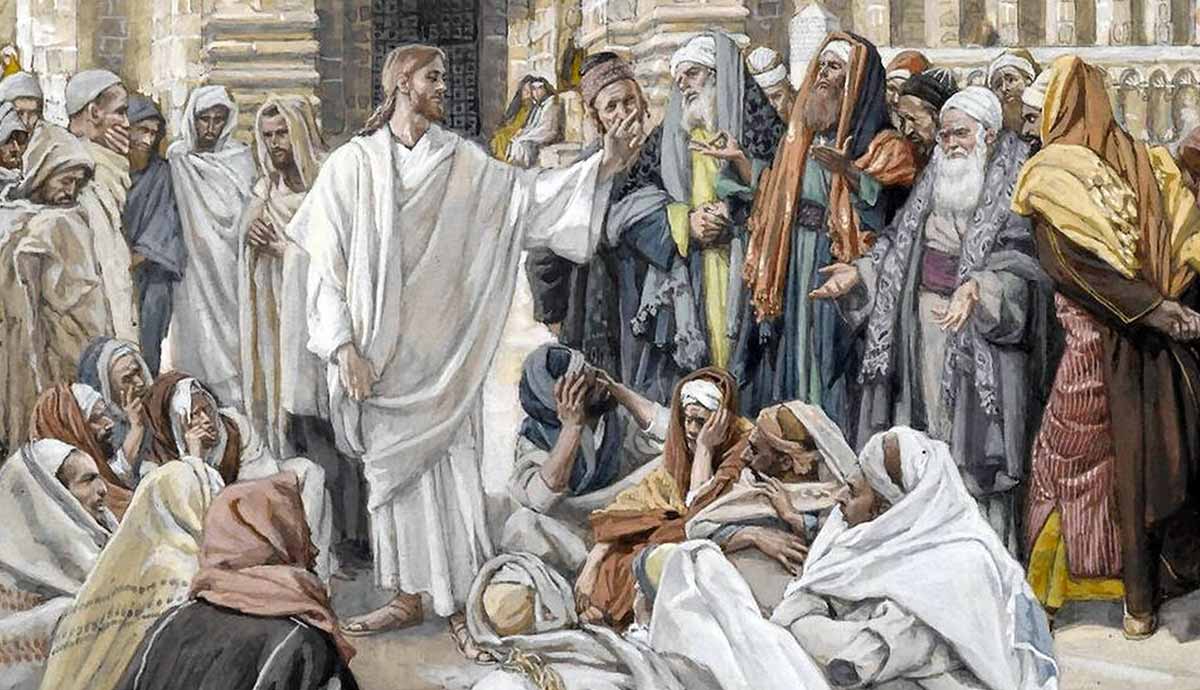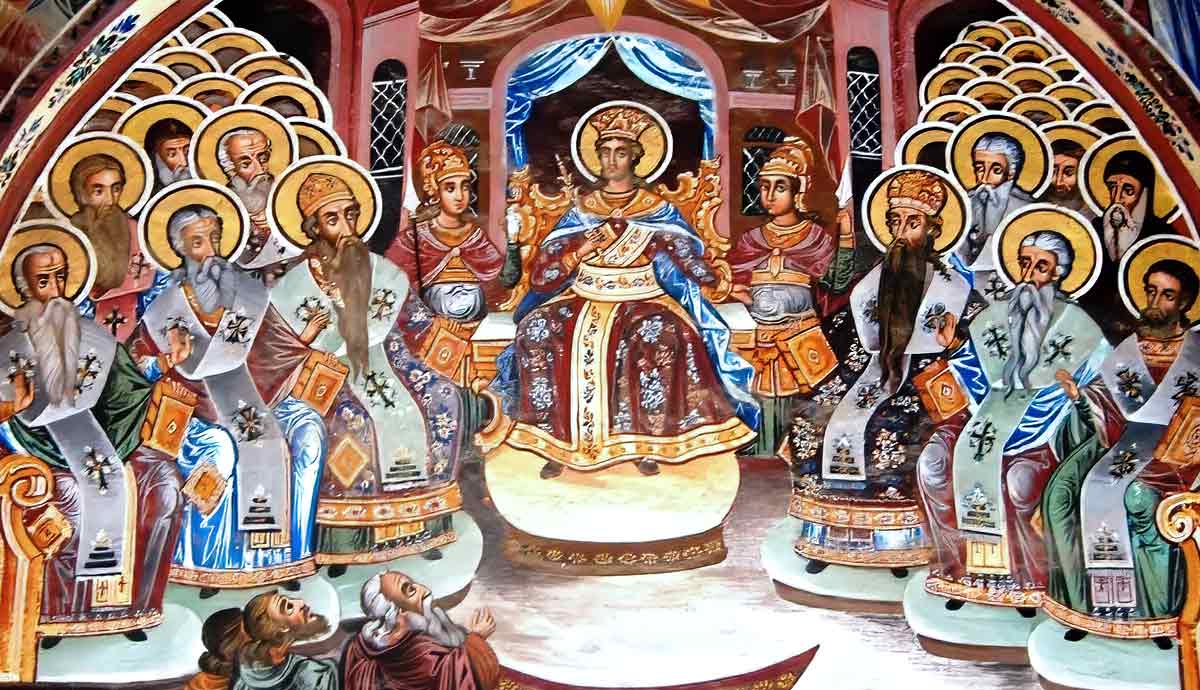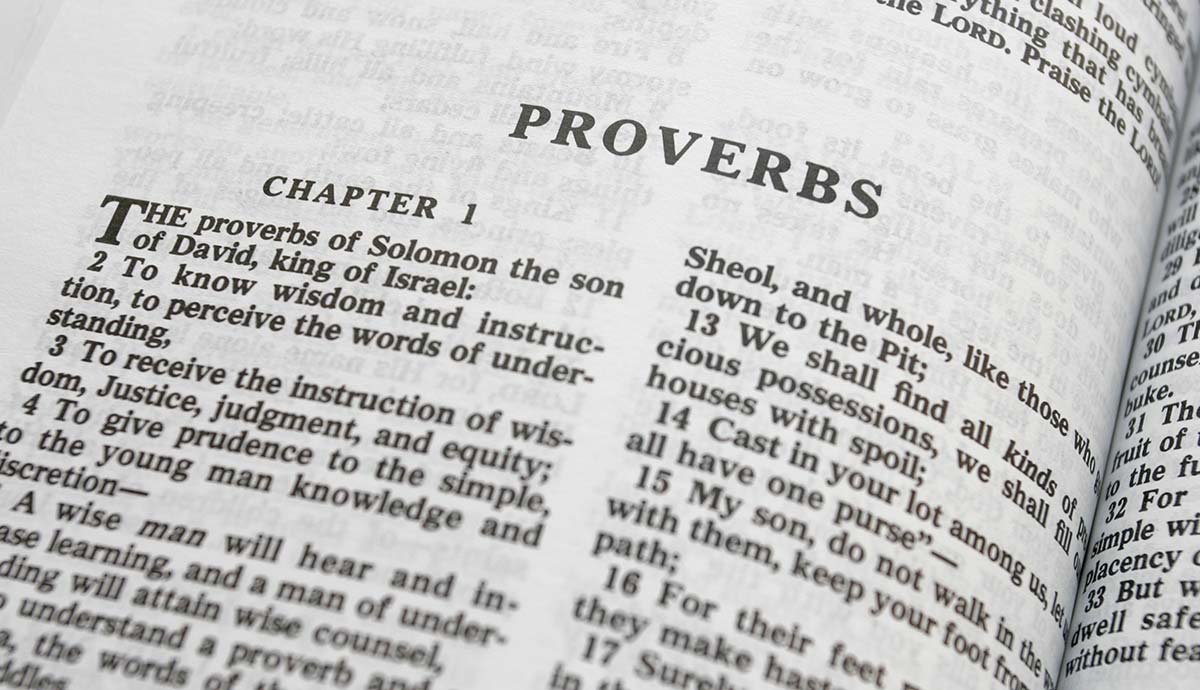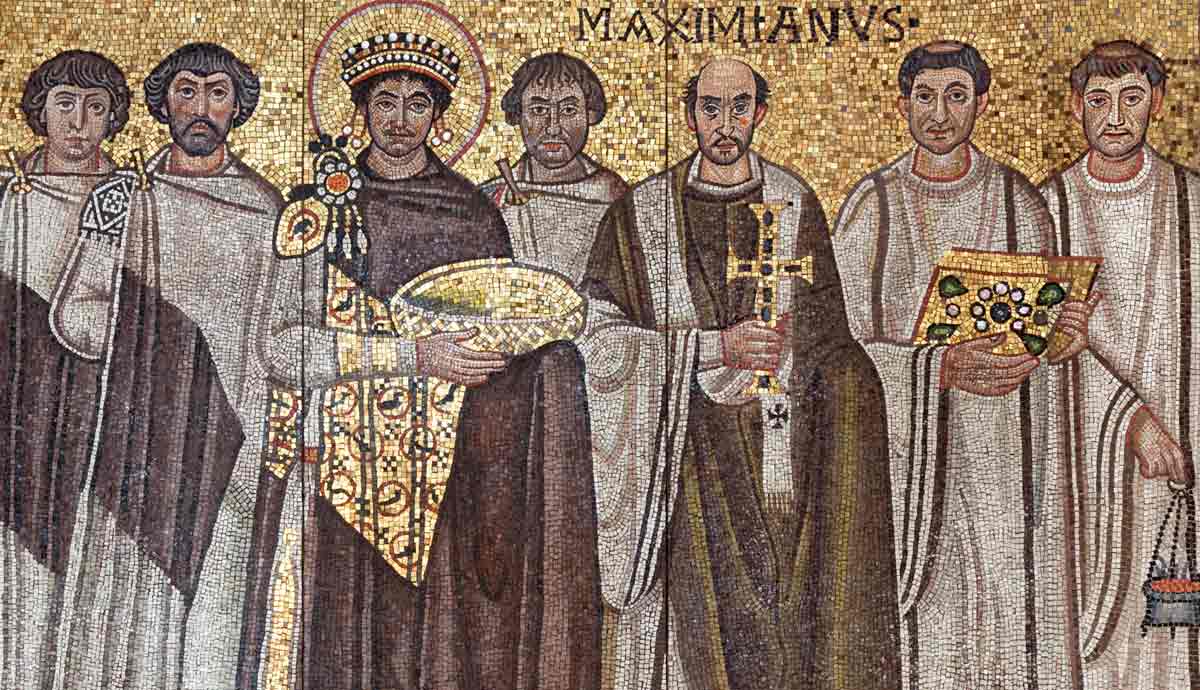
The Second Council of Constantinople was the fifth of the Seven Ecumenical Councils of the early Christian church, held in 553 CE. It was held to address the ongoing controversies begun at the earlier councils, particularly regarding the decisions made at the Council of Chalcedon.
Before the Second Council of Constantinople

At the Council of Chalcedon in 451, various condemnations were held against both Monophysite and Nestorian views of the nature of Jesus Christ. The condemnations resulted in a schism with several eastern branches of the church which held particularly to a form of Nestorianism called miaphysism, which is the view that Jesus Christ had a single nature, rather than two natures in one person, a position held by most Christians known as dyophysitism.

Several attempts over the next century were made to reconcile the two positions. In 482 CE, the Eastern Roman Emperor Zeno commissioned Acacius, the Patriarch of Constantinople, to produce the Henotikon, a document that approved the condemnations of Chalcedon, but did not work through the differences among the churches regarding the nature of Jesus Christ. The document was also produced without any sort of input from other church leaders, causing further contention. It resulted in the Acacian Schism, which was more of an issue among leadership that was rectified by 519.
The Three Chapters

The reconciliation over the Acacian Schism was only partial and short-lived. In 543-544 CE, Emperor Justinian I issued an edict that condemned the writings of three fifth century church leaders which promoted some form of Nestorianism. Justinian, without calling a council, condemned certain writings of Theodore of Mopsuestua, Theodoret of Cyrus, and Ibas of Edessa, writings that came to be called the Three Chapters.

Justinian’s declaration also resulted in the consideration that those who did not anathematize the writings positively supported them as well, making silence on the matter a form of complicit acceptance. There were also issues that Justinian may have been convinced by supporters of Origen to issue the edict against his opponent Theodore to maintain favor at court, which also resulted in a controversy in that the condemnation was against men who were not considered heretics when they had died. The controversy over the three chapters had spread, and the result was Justinian and Pope Vigilius summoning a council to resolve the issues.
What Happened at the Council
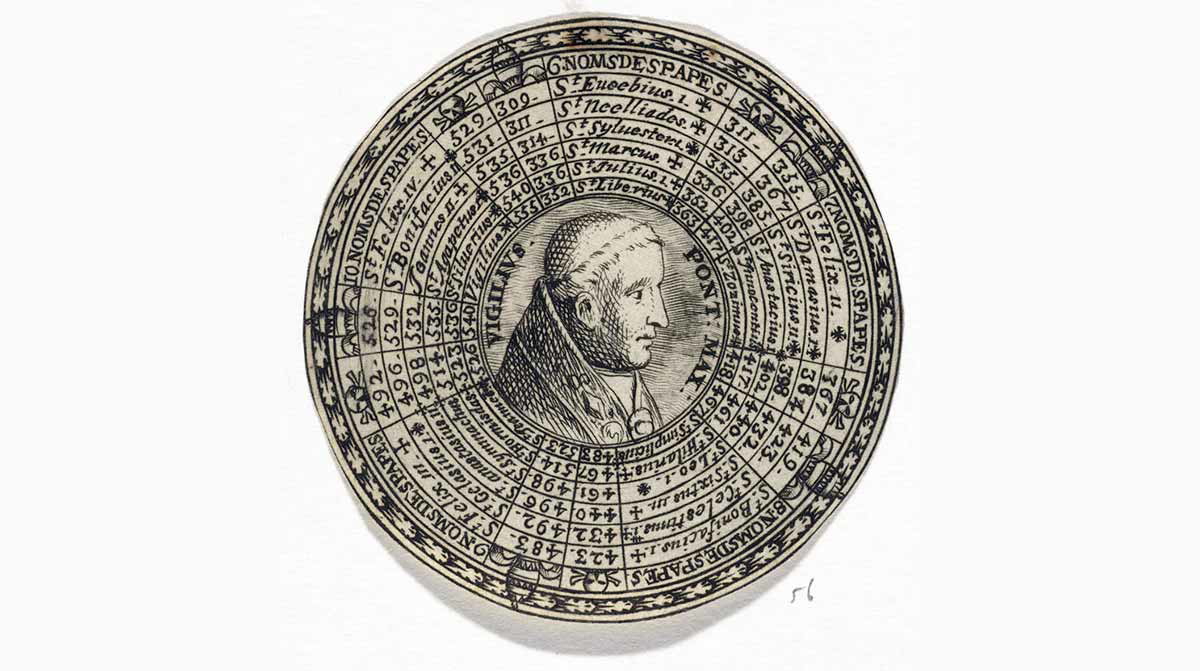
In convening a council, controversy between the Pope and Emperor arose. Justinian wanted it to be held in Constantinople, while Vigilius argued it should be staged further to the west so more western church officials could attend. The result was Vigilius refusing to attend, and the council was led by the Patriarch of Constantinople Eutychus instead.

Little controversy would occur within the council, which did not have large attendance. About 160 church leaders attended, as opposed the more than 500 who attended Chalcedon. Their decisions, which further clarified, refined, and endorsed the Chalcedonian definitions of the nature of Jesus Christ, and their condemnations of the Three Chapters were nearly unanimous. Pope Vigilius would actually be imprisoned for six months for refusing to recognize the decision of the council. He was released when he finally approved of their decision.
The decrees of the council were generally accepted by the Western church, but the Eastern church’s issues with Islamic invasions prevented some reconciliation, though most of the eastern Christians would accept the result.
Protestants and the Second Council of Constantinople

While most Protestants generally accepted the anti-Nestorian positions of the Second Council of Constantinople, overall acceptance of its positions depends on how close the theology and practices align with Catholicism. Lutherans and Anglicans accept the council, while Baptists and Presbyterians have issues with the Second Council endorsing the idea that Mary, the mother of Jesus, was a perpetual virgin, and do not hold the fifth, sixth, and seventh councils as authoritative.


